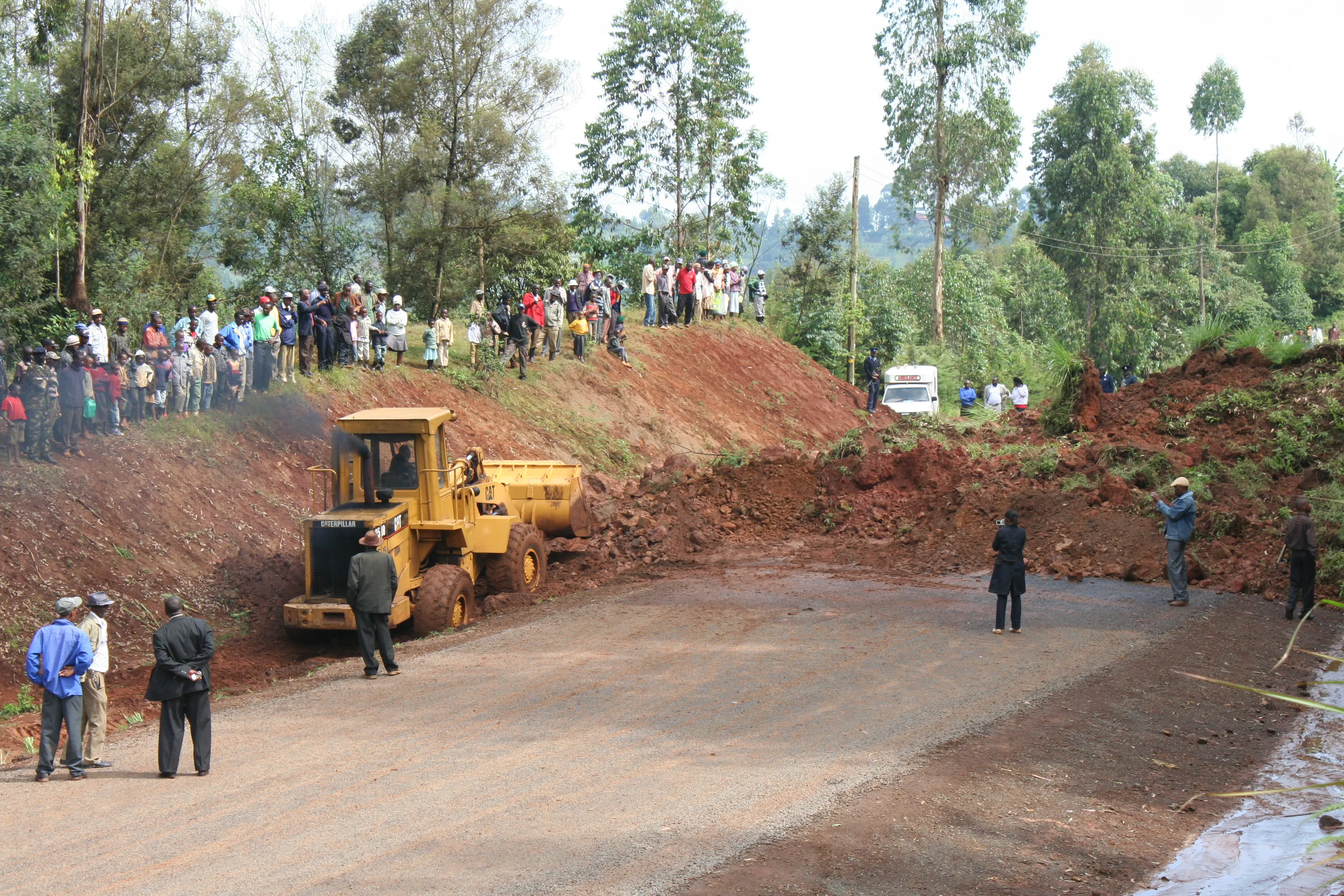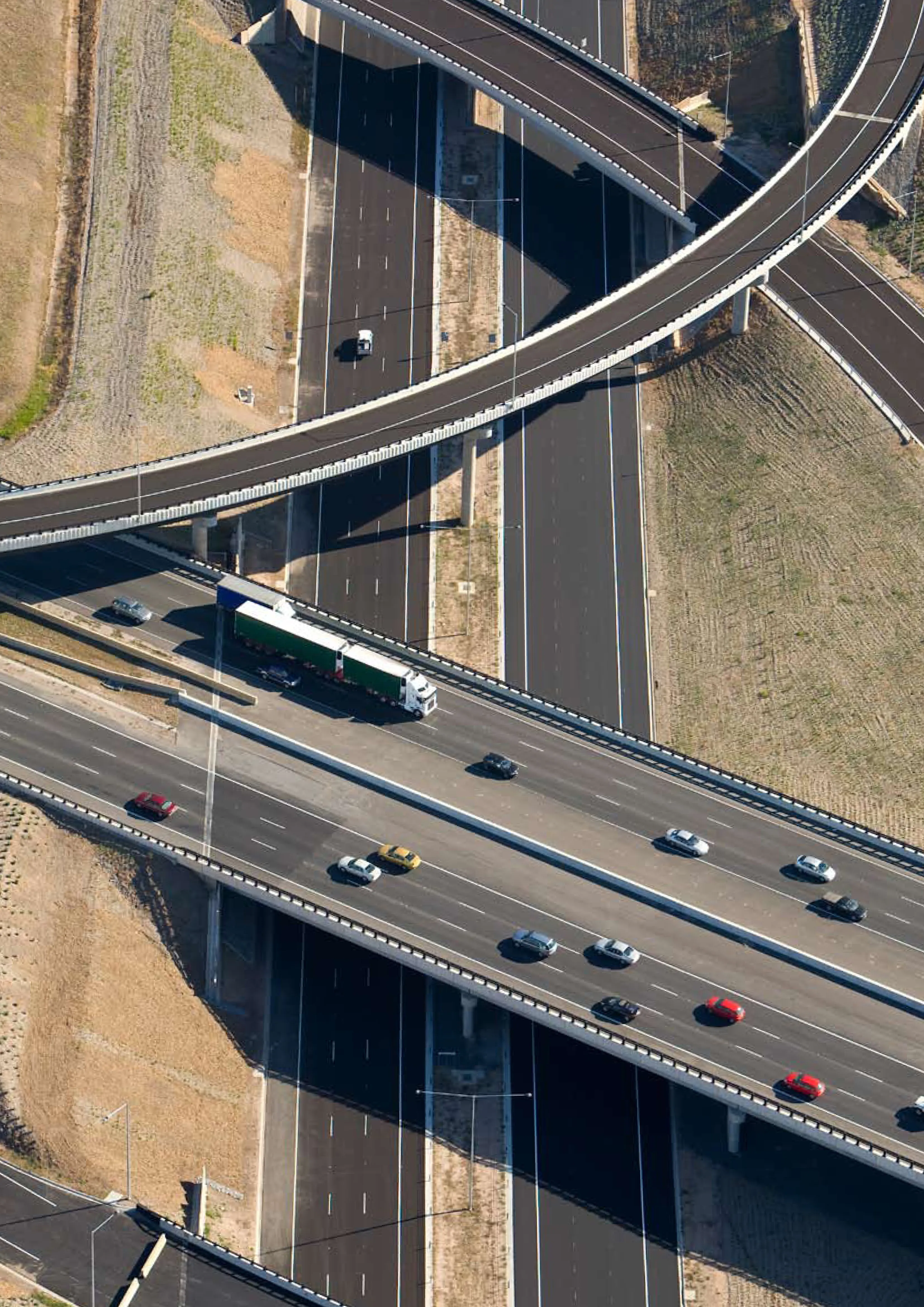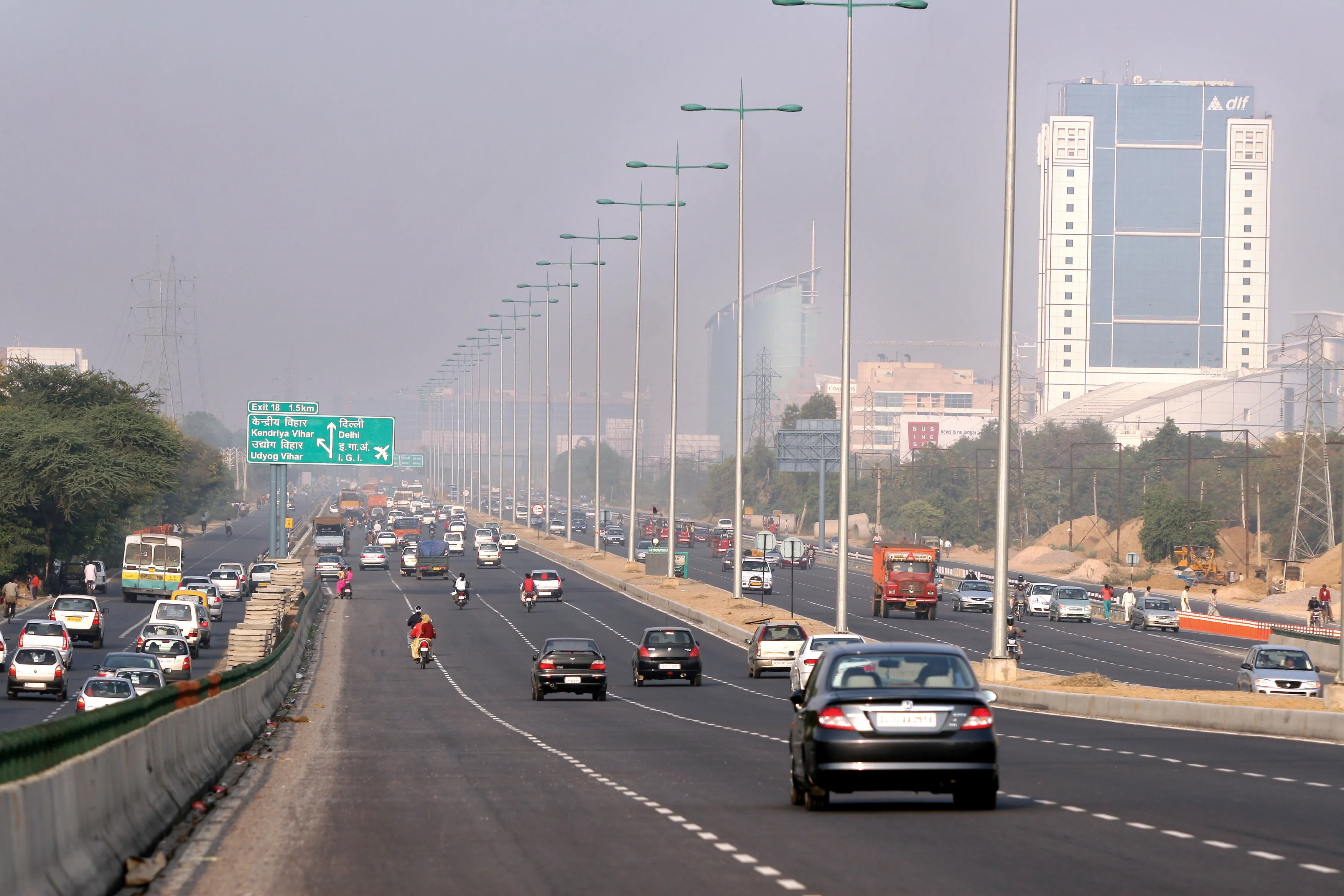
Shem Oirere discusses the need for further road research in Kenya as the transport network is developed
The demand for road construction material research and testing services in Kenya is expected to soar. The East African country is going through a construction boom, despite policy and financial challenges facing public institutions overseeing the research and testing operations in the transport industry.
“Kenya is going through a construction boom and so is the demand for construction material testing services,” said Juma Ali Madzitsa, Geotechnical Lab Supervisor at SGS Kenya, a subsidiary of Swiss based inspection, verification and certification company SGS.
He told
Madzitsa said that the country’s construction industry constitutes the major consumer for material testing services and the market is likely to grow by 8.7% this year and remain steady until 2026 with an annual growth of 6.2%.
The public spending on the road sector has also been on the rise, a trend that is expected to expand the number of new road projects and those in need of maintenance and repairs. This expansion is likely to increase the demand for material testing services both in the short and long term.
Overall road sector expenditure by government both for development and recurrent expenditure went up by 54.4% between 2014 and 2016 according to Zachary Mwangi, Director General Kenya National Bureau of Statistics.
He said that between 2011 and 2016 budget allocation for new road development went up to $953 million.
Mwangi said the increase in national budget allocation for the road sector translated into, “…more roads being constructed, rehabilitated and maintained.”
In 2016, the Kenya Roads Board (KRB) allocated US$254 million for the maintenance and repair of roads across the country. KRB is a State agency that coordinates the development, rehabilitation and maintenance of the road network in Kenya and is principal adviser to the Government on all matters related to the road sector.
However, KRB faces financing challenges for road research and delay in establishing a road research knowledge base that are critical in achieving quality road design, high construction standards and high-quality construction materials.
Because of inadequate funding, KRB is yet to implement a report by a consultant that recommended increasing road research funding to 2% of the country’s Gross Domestic Product (GDP). Kenya’s aggregate funding allocation from the National Treasury for road research is currently estimated to be $5 million annually.
M/s Kinconsult Associates and Gado Consulting Engineers, said that in the report to the Ministry of Transport and Infrastructure the funding is, “…inadequate and unreliable.”
KRB commissioned the survey and subsequent report to enable it confirm the status of road research in the East Africa. It is also looking for recommendations on how it can rely on road research to deliver long lasting roads, reduce the cost of transport, shorten travelling time and minimise accident and fatality rates. Other targets include improving design and standards for the construction and maintenance of the road network, estimated at 160,886km long.
According to the report, Kenya’s current transport and road research, which is spearheaded by the Materials Testing and Research Division (MTRD), is “fragmented and the sector lacks a clear transport/road research agenda.”
In addition, the report said that MTRD “suffers from low capacity and inadequate funding.”
“MTRD should be transformed into an autonomous Road Research centre, progressively, so as also to cater for transport by rail, air, marine and pipeline in future,” the report recommended.
“In the short-term, an interim National Steering Research Committee should be set up and housed at the Ministry of Transport and Infrastructure with membership from the Ministry, Kenya Roads Board, MTRD, academia and industry,” it further proposes.
According to Madzitsa, around 30% of poor road conditions can be attributed to the use of non-tested or low-quality construction materials while more than 50% is caused by moisture or water which can be as a result of poor drainage or poor workmanship.
He said less than 20% of road failure can be attributed to design failure especially due to traffic overloading.
“Quality assurance for construction materials used in all these projects cannot be overlooked since it can lead to loss of life and loss of millions of shillings in investment,” said Madzitsa.
SGS is one of the leading road construction materials testing companies that is working with MTRD in ensuring quality material and hence long lasting roads.
Madzitsa said the SGS material testing laboratory the company has set up in Kenya’s coastal city of Mombasa enables the process of determining the properties of a substance in comparison with a prescribed standard or specification.
“The main purpose for testing road construction material is to help understand the fundamental properties of these materials and their suitability for a given road development project,” he said.
He said SGS also helps both the public and private clients test the suitability of the road construction material under different weather conditions and imposed loads over the road’s lifespan.
Madzitsa said that a road pavement cross-section consists of different layers that include embankment, subgrade, subbase, base and wearing course. Each layer uses different materials and effective testing “helps to quantify whether the road construction material is suitable to a particular application in the pavement.”
Road project owners and contractors have always to verify and maintain a consistent supply of materials especially for the bituminous road surfaces that are composed mainly of aggregates.
“Aggregate from even a single source can vary considerably and frequent checks of quality must be made to verify and maintain a consistent supply of road material,” he said.
Some of the properties that SGS checks in road-making aggregate include resistance to crushing, impact, abrasion and polishing, its specific gravity and water absorption and its grading and particle shape.
SGS currently works with MTRD in providing reliable quality test results for construction materials, practical recommendations and solutions to developers, contractors and other stakeholders involved in road development.
SGS performs construction material tests according to internationally recognised standards, such as British Standards, American Association of State Highway and Transportation Officials and ASTM International, a global standards development organization.
“These international standards have outlined different specifications for construction materials such as soil, aggregates, concrete, cement and steel,” said Madzitsa.
Achieving international road research and material testing standards would require more participation by the public sector and particularly the MTRD, which collaborates with private agencies such as SGS.
M/s Kinconsult Associates and Gado Consulting Engineers has for example recommended a 2% share of the National Research Fund to be allocated for road research.
“A portion of the funds should be collected by the National Construction Authority and dedicated to road research,” the consultants said in the report. Former Education Cabinet Secretary Prof Jacob Kaimenyi previously said the National Research Fund, which was established under the Science and Technology Innovation Act, 2013, would “facilitate research for the advancement of science, technology and innovation.”
He said Kenya allocates 0.5% of the country’s Gross Domestic Product for research “an amount that is negligible compared to the country’s research needs and potential.”
He said Kenya’s investments in research and development remain low and should be increased to at least 2% of GDP, which is the international best practice, through partnership with private sector and foundations.
For the last eight years the Kenyan government has been allocating $4 million annually to finance research and innovations.
The M/s Kinconsult Associates and Gado Consulting Engineers report also recommends the setting up of a road knowledge base, which could cost an estimated $90,000.
“In the interim period, it is recommended that the knowledge base is housed at Kenya Roads Board but eventually be transferred to the Road Research Centre once it is fully established,” the report recommends.
For Kenya to increase the dissemination and uptake of research findings, the report urges the Ministry of Transport and Infrastructure to “put in place mechanisms to tap intrinsic knowledge of experienced engineers.”
“Road project completion reports should include a section highlighting issues on use of specifications,” it said, adding that such reports should form part of a data centre and sector-wide road asset management systems.
To address the low human resource capacity in road research institutions, the report proposes “attractive terms for researchers and academia to attract and retain high-calibre professionals in the road research industry.”
M/s Kinconsult Associates and Gado Consulting Engineers have also reported that Kenya continues to experience “inordinately long time lag between development and deployment in the field of innovations.”
“The road design manual should be reviewed every five years to incorporate technological advancements,” the report recommended.
It is hoped that enhanced road research and development would lead to “a road network that is planned, designed, constructed and maintained with innovative approaches that provide longer and reliable performance.”









